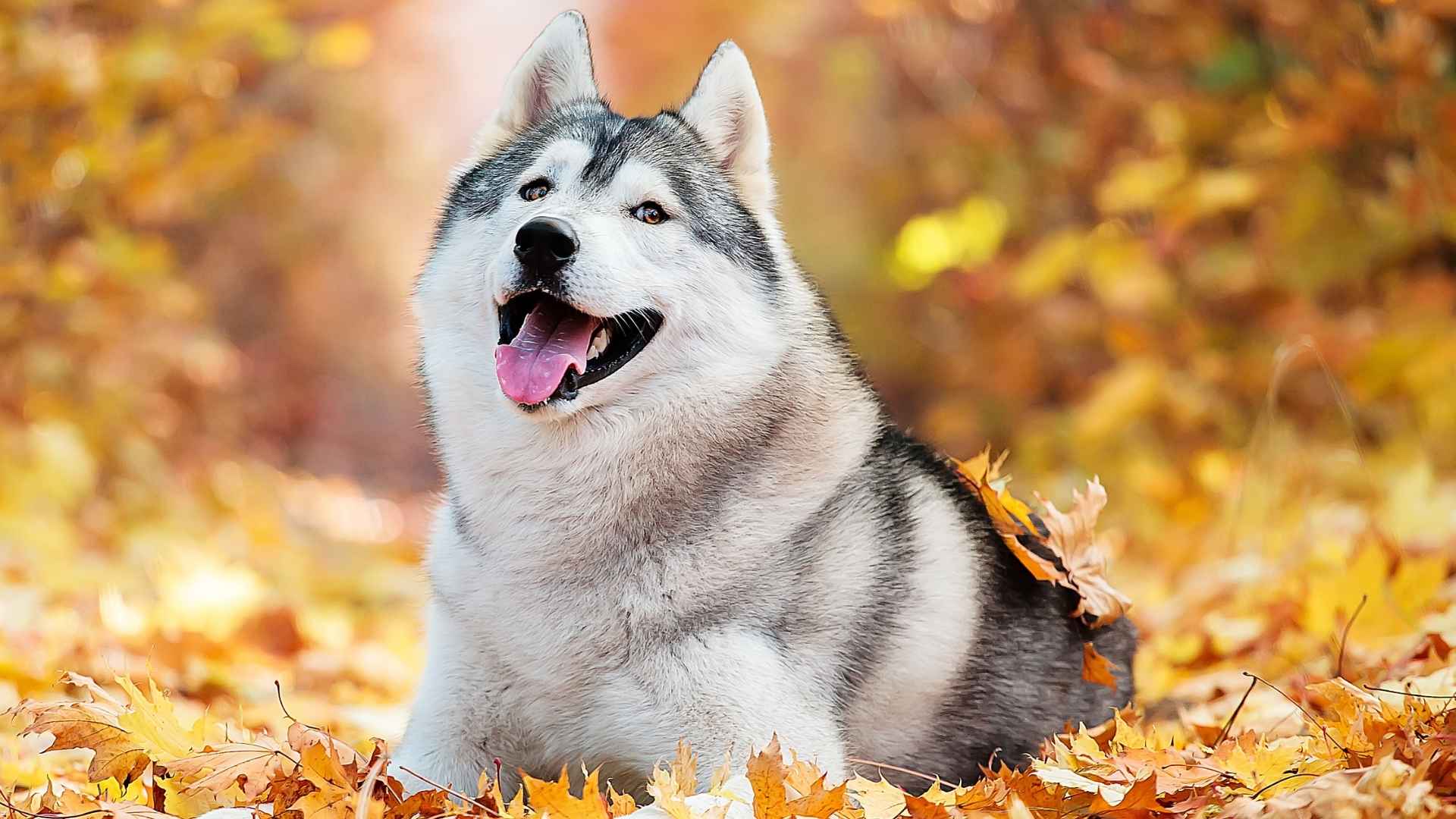A dog’s smile can be as captivating as its bark, but beneath that endearing grin lies a powerful and essential tool—its teeth. While we often focus on temperament, size, or coat type when selecting a breed, dental strength is an underrated yet important trait. Some dog breeds are naturally blessed with strong, healthy teeth, designed for gripping, tearing, or working alongside humans in demanding roles. Choosing a breed with robust dental health can help minimize future vet visits and keep your pup feeling their best.
Historically, many breeds with strong teeth evolved for practical tasks—herding livestock, guarding property, or pulling loads. Other breeds, such as those used for hunting or rescue, possess equally tough teeth capable of enduring physical demands and harsh conditions.
While breed genetics play a crucial role, daily care also matters. Regular brushing with canine-friendly tools and early attention to dental hygiene ensure those naturally strong teeth stay that way. Ready to discover which breeds lead the pack in dental durability? Let’s explore the canines whose bites are as impressive as their loyalty.
Dog Breeds With Strong Teeth Naturally
1. Rottweiler
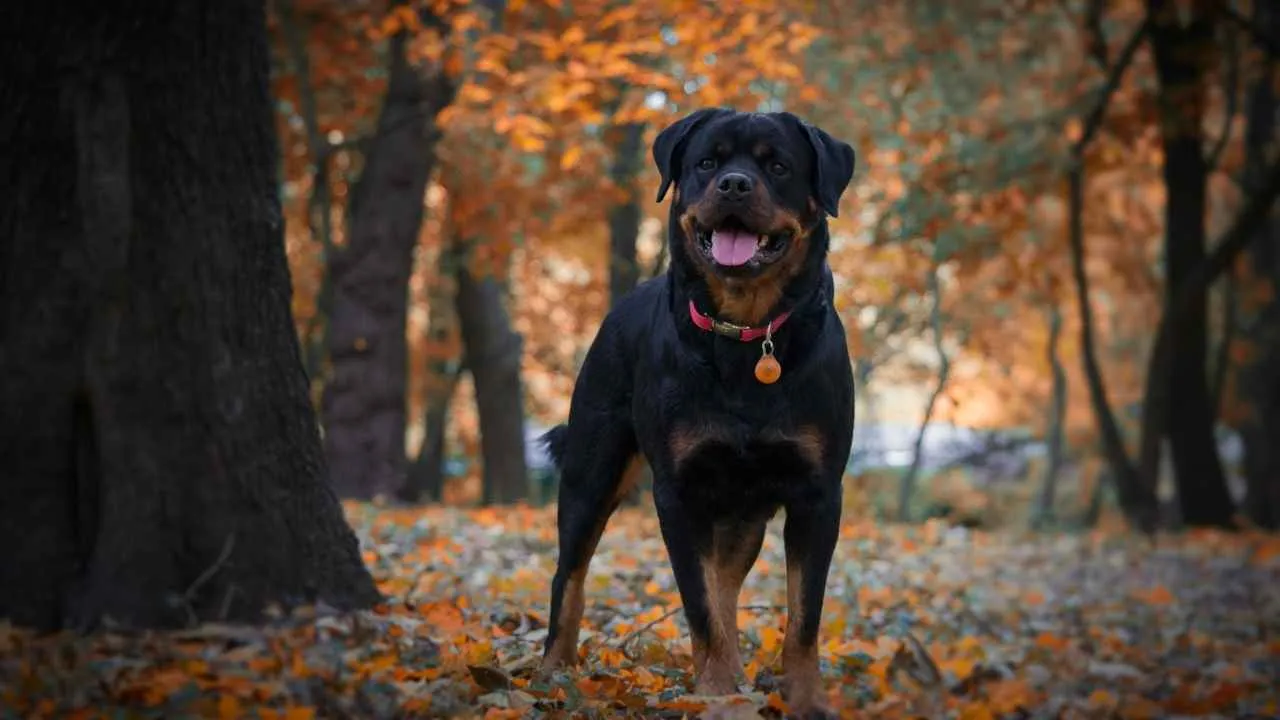
The Rottweiler, also known as the Rottie, is a robust working breed with ancient roots dating back to Roman times. Originally used for herding and guarding cattle, these muscular canines became nearly extinct until butchers repurposed them as cart-pullers and guardians.
Today, they are prized for their confidence, loyalty, and protective instincts. Males typically stand between 24–27 inches tall and weigh up to 130 pounds, while females are slightly smaller at 22–25 inches and around 77–110 pounds. Britannica describes the Rottweiler as having a short, coarse black coat with distinctive tan markings on the head, chest, and legs.
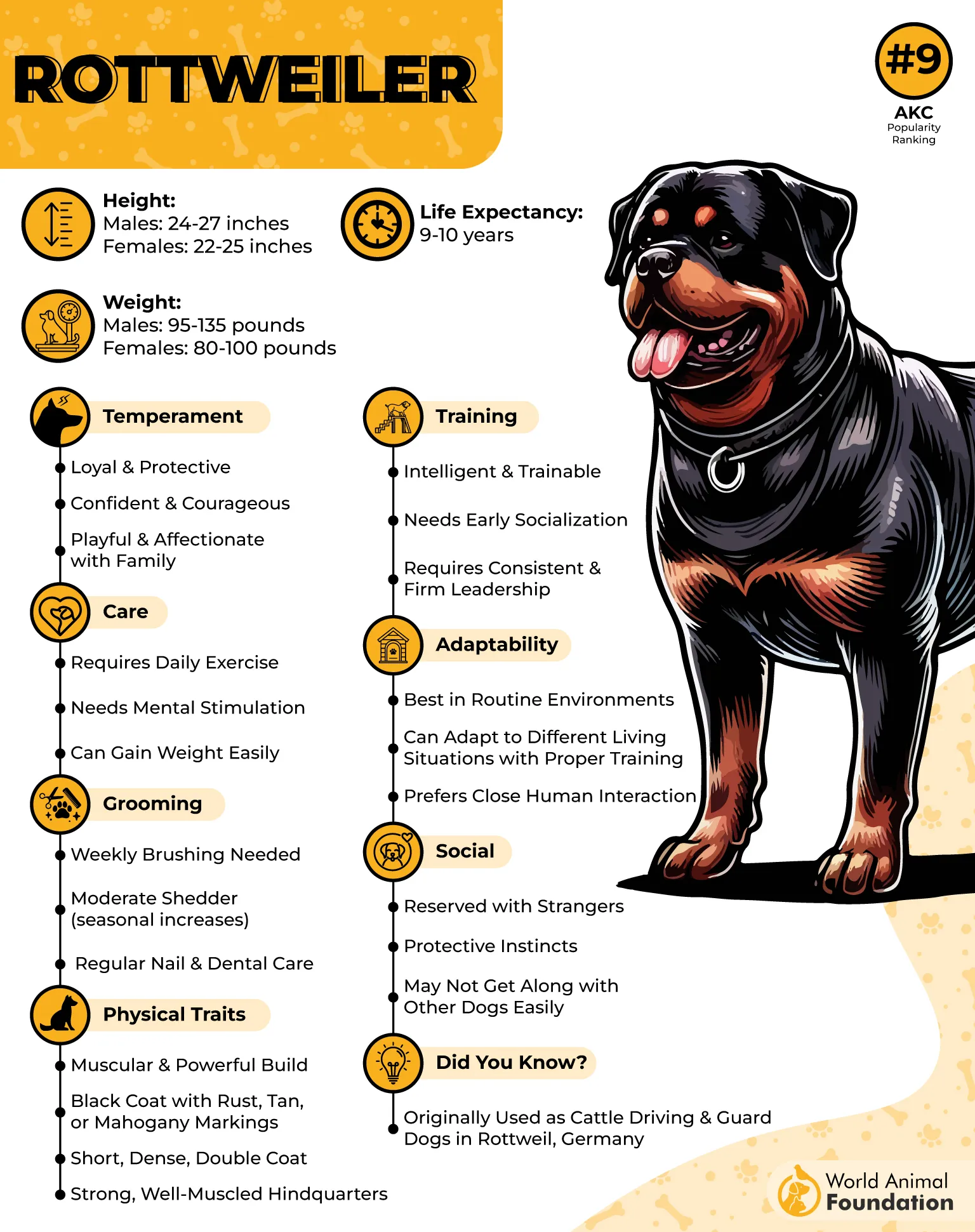
Unique Traits
Rottweilers are known for having naturally strong and healthy teeth, requiring minimal intervention beyond routine brushing. Their powerful jaw strength exceeds that of many other large breeds, making dental health a standout feature.
These dogs are intelligent, eager to please, and thrive on structure and training. With proper care, their teeth remain in excellent condition, supported by a strong bite and healthy gum structure. Their calm demeanor and desire for companionship make them devoted pets—when trained properly, they are loving family protectors.
Fact: Despite their imposing appearance, Rottweilers are gentle, affectionate companions who are happiest when they have a job and plenty of human interaction.
2. German Shorthaired Pointer
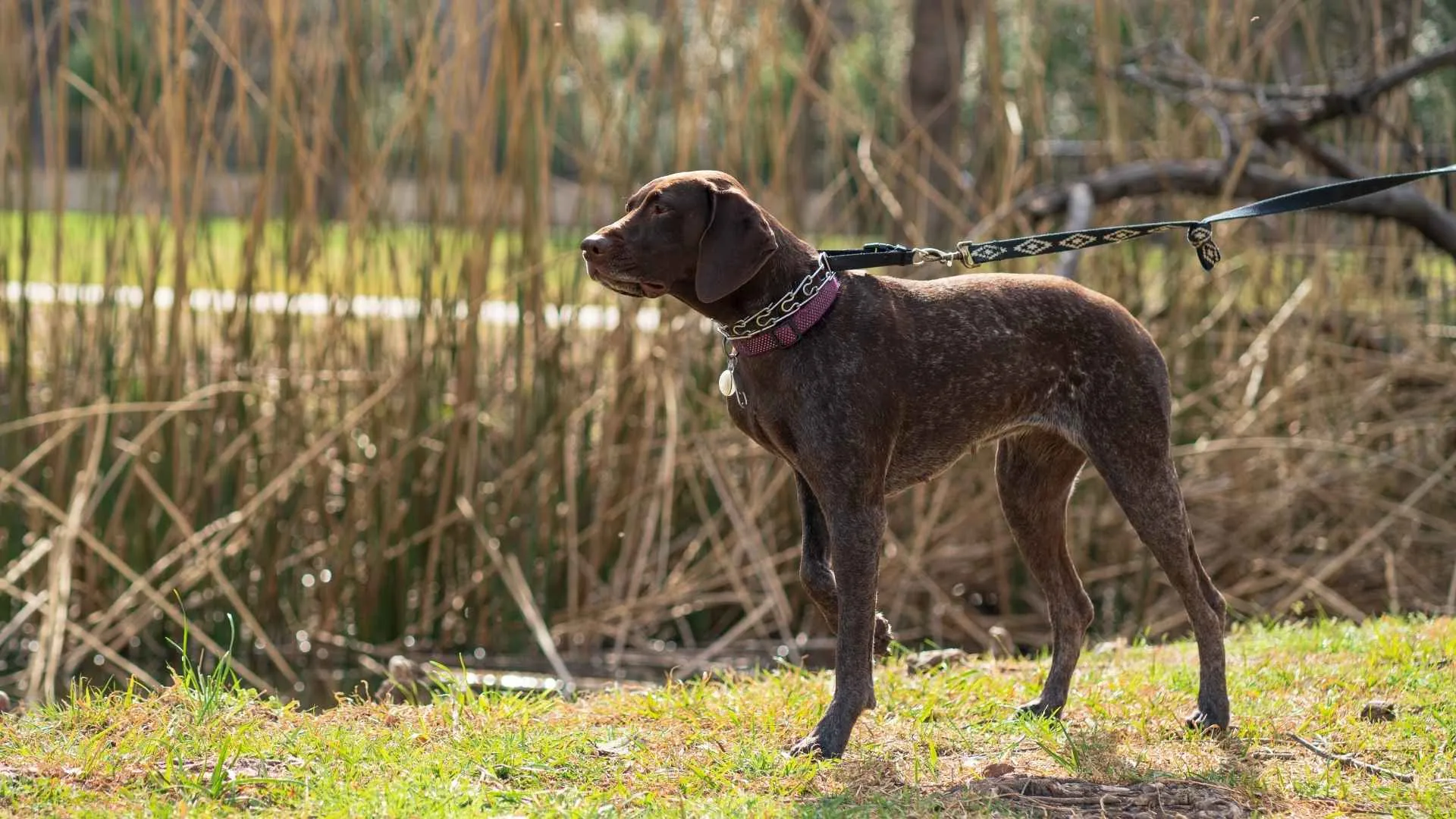
The German Shorthaired Pointer (GSP) is a versatile and athletic breed originally developed in Germany for hunting. According to the AKC, the German Shorthaired Pointer is friendly and intelligent. These medium-to-large dogs are prized for their agility, endurance, and keen nose.
Weighing between 50 and 70 pounds and standing 22 to 26 inches tall, GSPs are recognized by their sleek, short coat—typically liver, white, or a combination of both—and their noble, expressive eyes.
They belong to the sporting group and have a life expectancy of 10 to 12 years. Known for their boundless energy and affectionate temperament, GSPs form strong bonds with their families and thrive on physical activity and mental challenges.
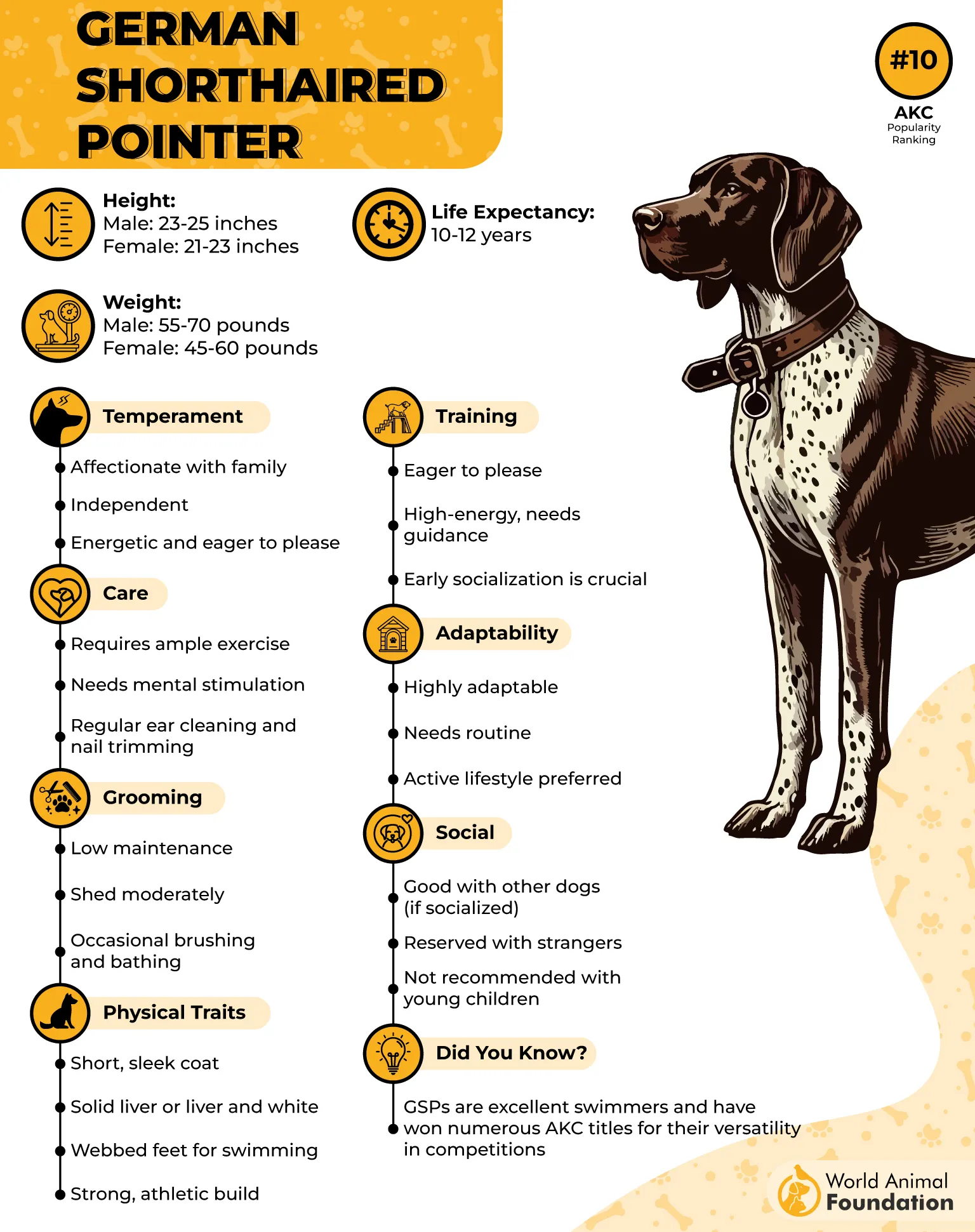
Unique Traits
German Shorthaired Pointers naturally boast robust dental health. Their strong, healthy teeth are well-suited for retrieving and holding game, a trait inherited from their hunting lineage. Weekly brushing helps maintain their dental hygiene, although they’re less prone to dental issues than many other breeds.
These dogs are known for their intelligence, loyalty, and love of active play, making them not only great companions but also easy to train. Supervision and structured routines are key to managing their curiosity and high energy levels.
Fact: Their excellent teeth are part of what makes GSPs exceptional field companions and efficient retrievers.
3. Siberian Husky
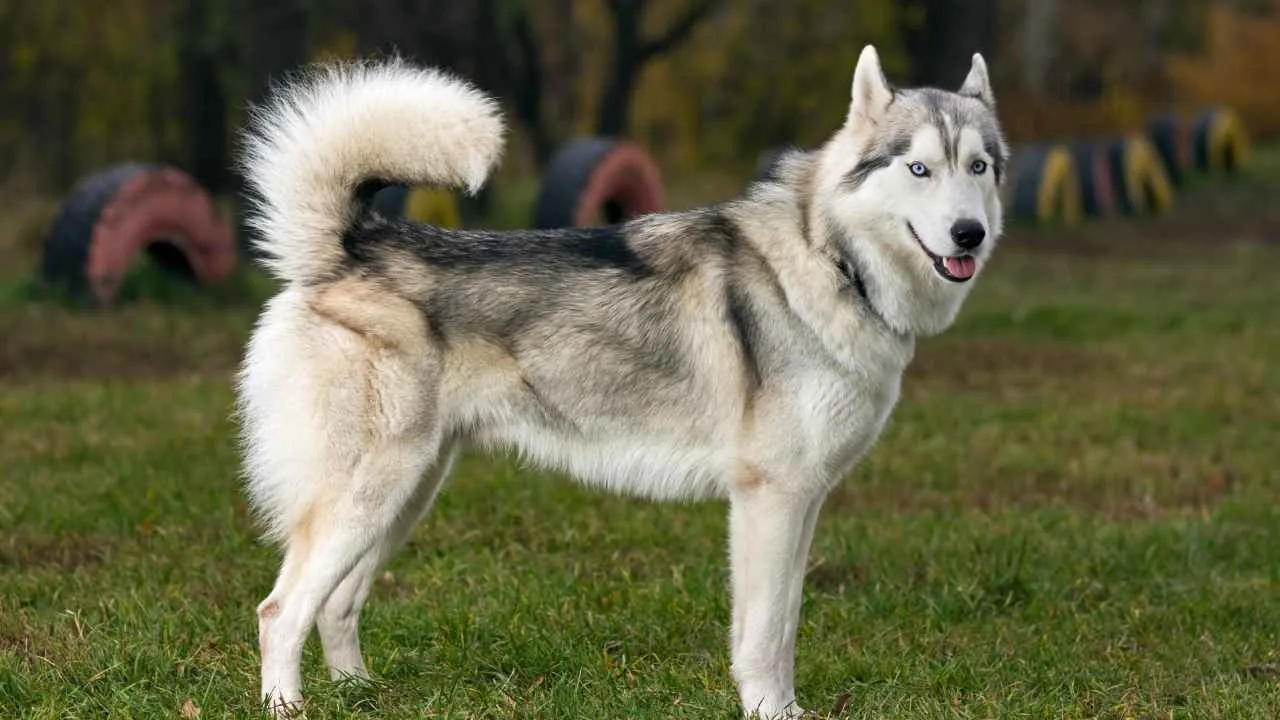
Bred for endurance and strength in the icy wilderness of Siberia, the Siberian Husky is an iconic northern breed known for its wolf-like features, piercing blue or heterochromatic eyes, and thick double coat. These medium-sized working dogs typically stand around 23–24 inches tall and weigh between 35–65 pounds, with males generally on the larger end of the spectrum.
Originally developed by the Chukchi people for sled pulling, Huskies were later introduced to Alaska during the gold rush and quickly became famous for their incredible stamina and cold-weather tolerance. Their lifespan ranges from 12 to 14 years.
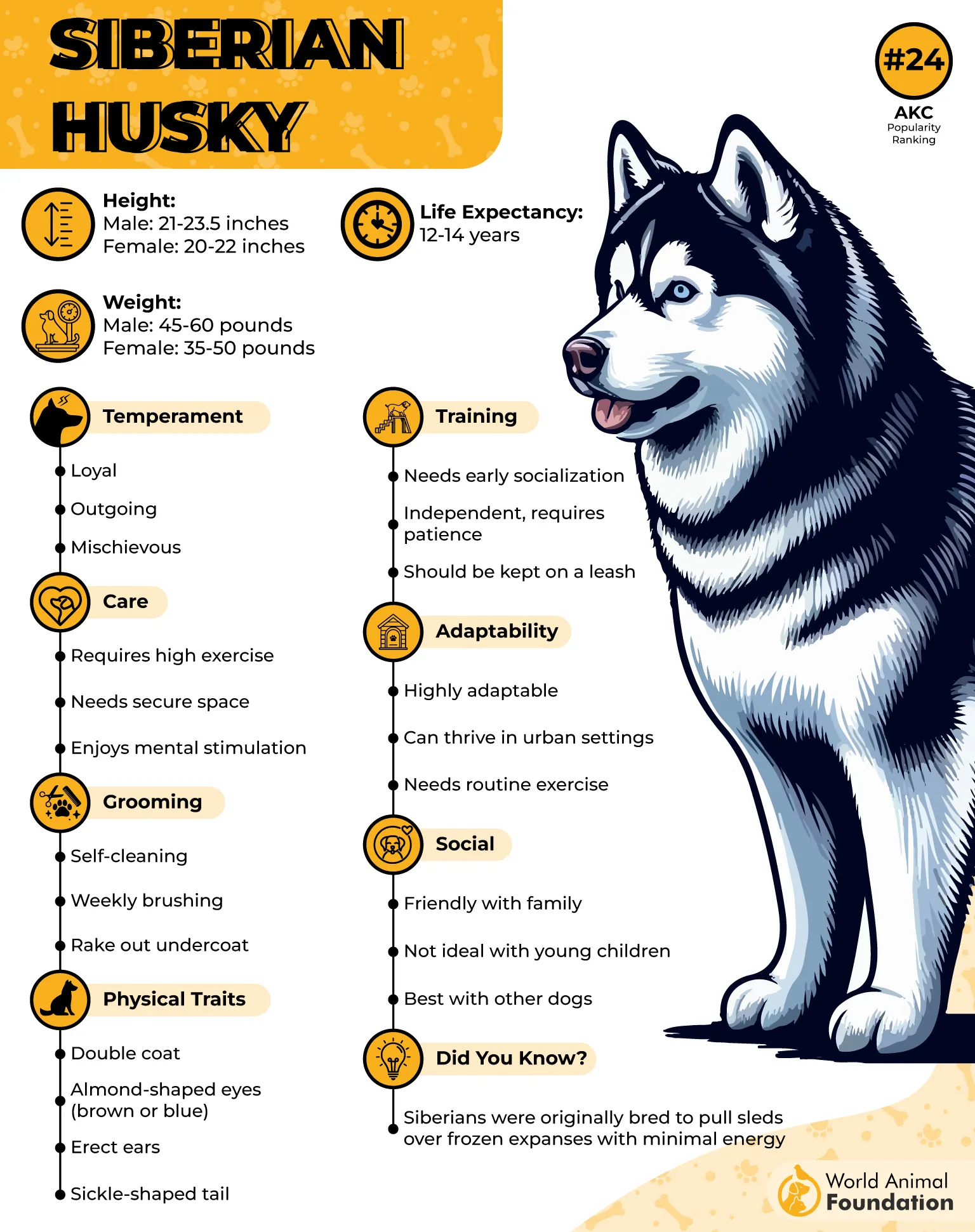
Unique Traits
Siberian Huskies are naturally blessed with strong, healthy teeth capable of withstanding demanding tasks like bone chewing or tug-of-war. With proper dental care—including brushing two to three times a week—their oral health remains robust. Purina lists suitable activities for the Siberian Husky as agility, dog sledding, and obedience training.
Their high energy, intelligence, and penchant for chewing demand durable toys and plenty of mental stimulation. Huskies also possess a high prey drive and need supervision around small animals. Despite their thick fur and active lifestyle, they are known to maintain surprisingly clean coats and have minimal doggy odor.
Fun fact: Some Siberian Huskies experience “snow nose,” where their nose turns pink during winter and reverts to black in warmer seasons.
4. Doberman Pinscher
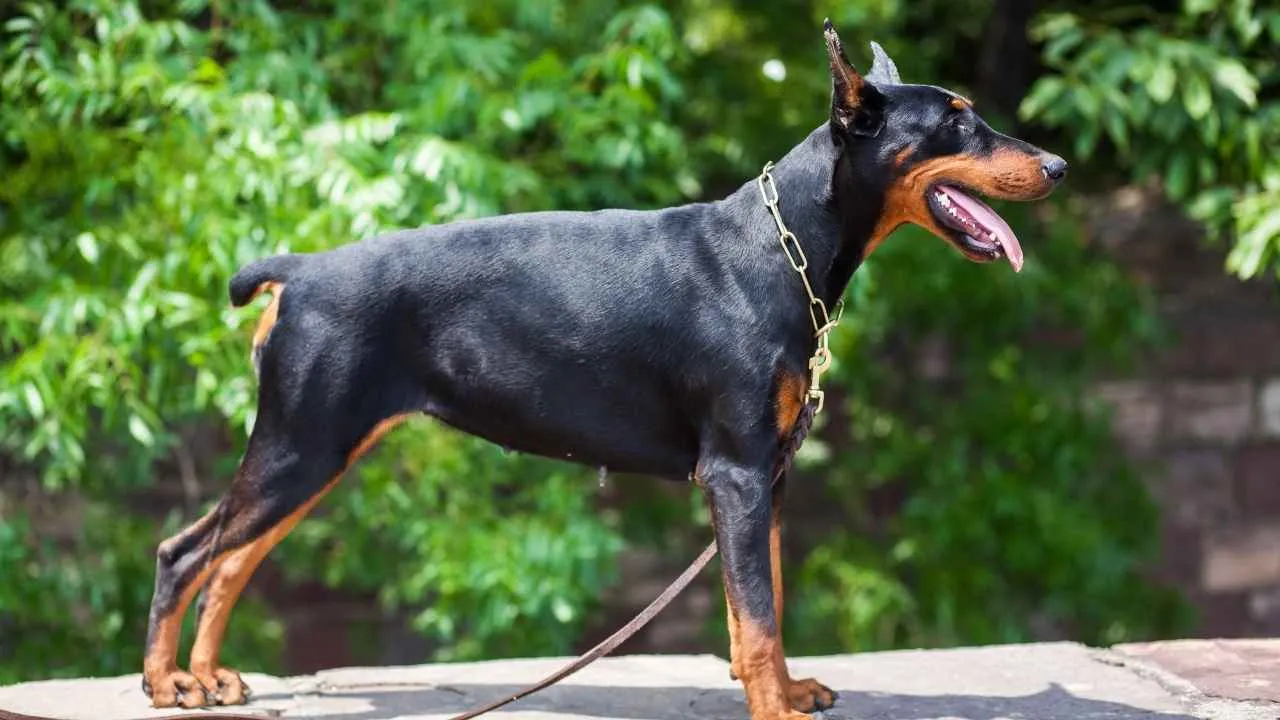
The Doberman Pinscher, often just called “Dobie,” is a sleek and athletic breed known for its intelligence and working prowess. Originating in Germany in the late 19th century, it was developed by a tax collector named Karl Friedrich Louis Dobermann, who aimed to create the ideal guard dog.
This medium-to-large breed stands about 24 to 28 inches tall and weighs between 60 and 100 pounds. With its striking, muscular build, short coat, and signature rust-colored markings, the Doberman is both elegant and intimidating. Despite its formidable appearance, the breed is affectionate, loyal, and protective of its family.
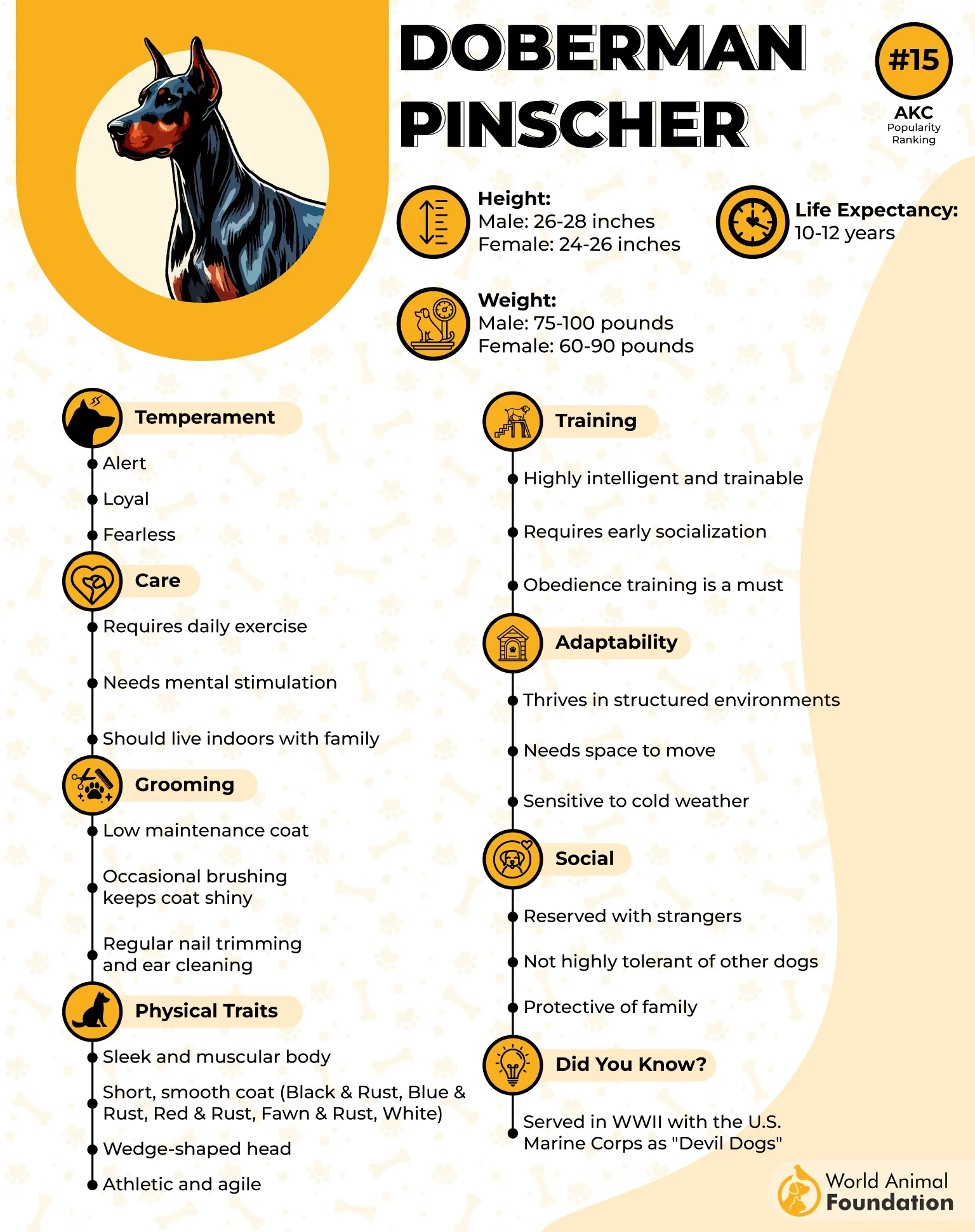
Unique Traits
Dobermans are not only admired for their agility and loyalty but also for their excellent dental dog’s health. They typically have strong, healthy teeth that stay in great condition with routine care. Weekly coat brushing and twice-a-week tooth brushing are often sufficient to keep them in peak shape.
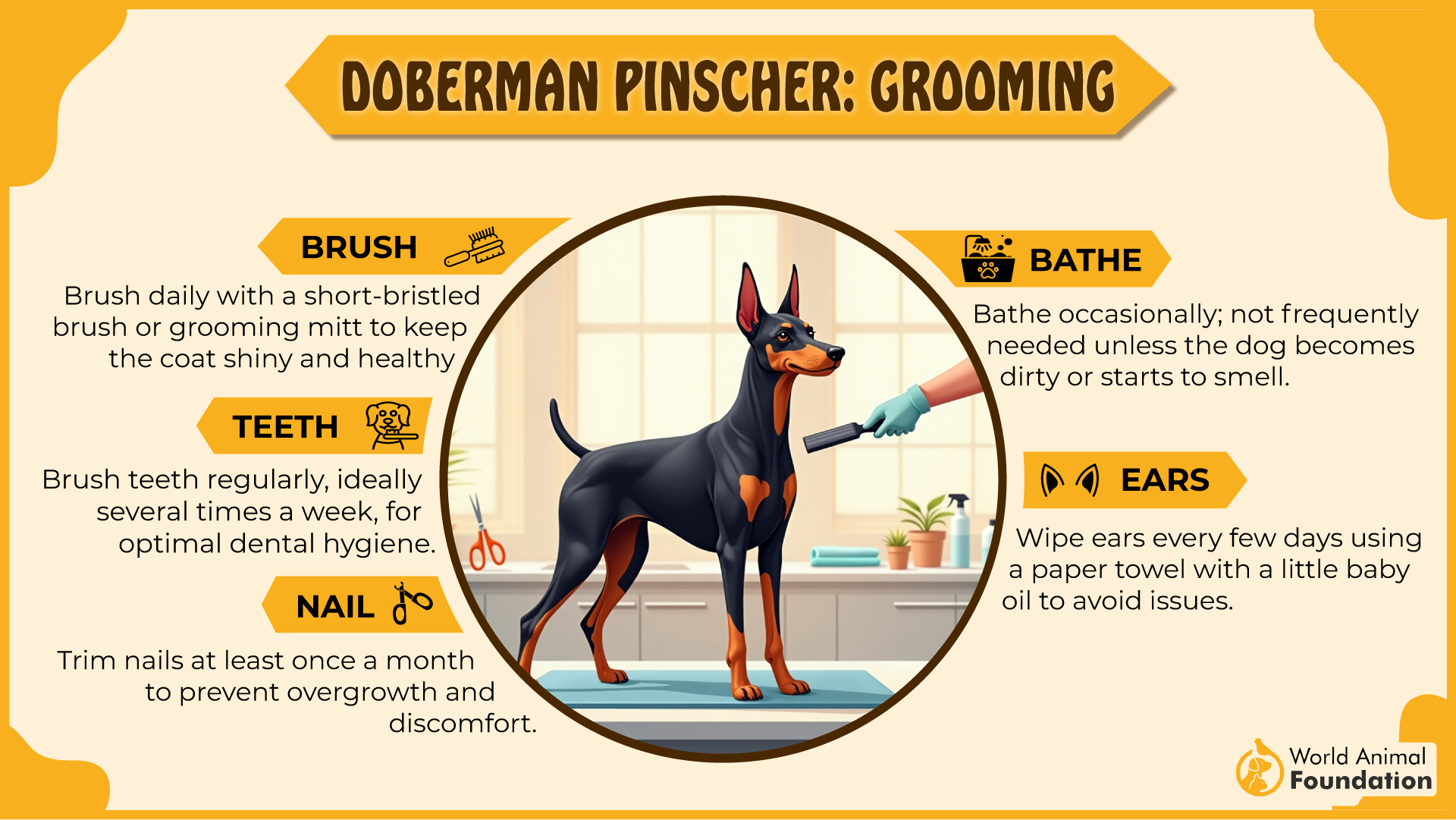
This breed is highly energetic and intelligent, requiring regular mental and physical stimulation to stay happy. Sensitive to harsh treatment, Dobermans respond best to positive reinforcement. A remarkable fact: despite their tough exterior, Dobermans are highly affectionate and sensitive, thriving on companionship and purpose-driven activity.
5. Bernese Mountain Dog
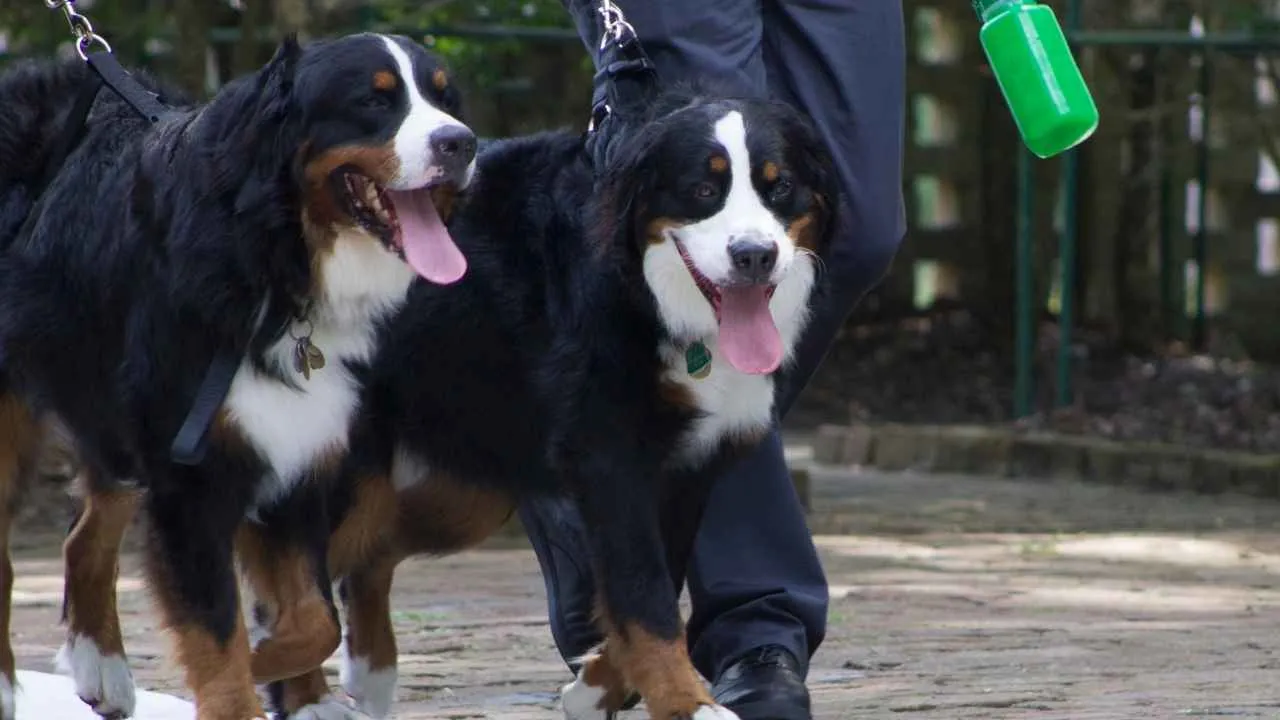
The Bernese Mountain Dog, affectionately called the “Berner,” is a sturdy and affectionate working dog originating from Switzerland. Known for their tri-colored coats, calm demeanor, and dependable nature, Berners were historically used on farms to pull carts and herd cattle.
These large dogs typically stand between 23 and 27.5 inches tall and weigh anywhere from 70 to 115 pounds. They belong to the Working Group and are well-suited to families looking for a gentle giant with a protective instinct. Their life span ranges between 7 to 10 years, and despite their size, they’re known for their tender-hearted loyalty and affection toward their people.
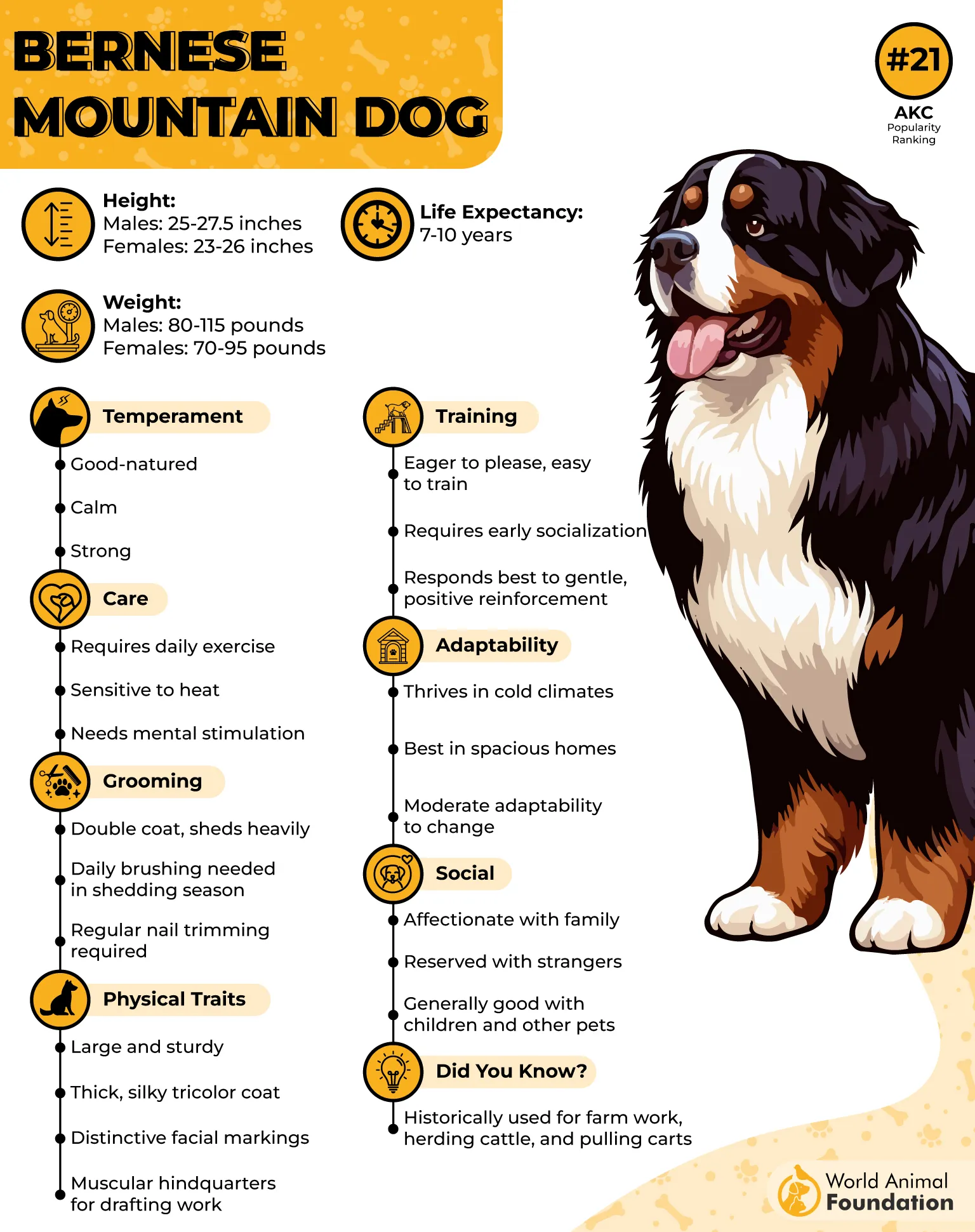
Unique Traits
Bernese Mountain Dogs boast robust dental health thanks to their genetics and solid jaw structure. Regular brushing—ideally two to three times a week—helps preserve their naturally strong teeth. These dogs are intelligent and emotionally sensitive, responding best to gentle guidance.
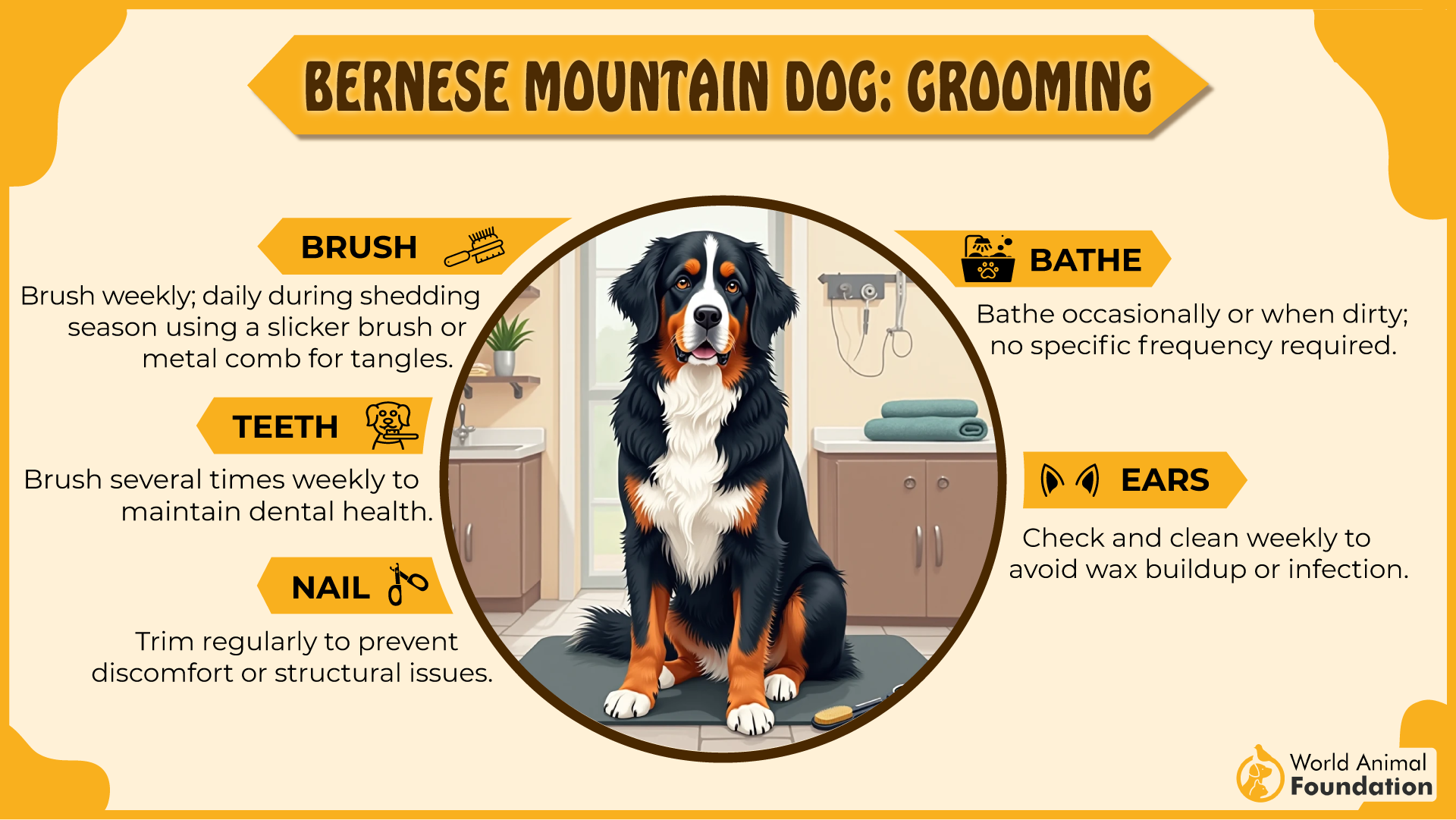
Their expressive brown eyes and impressive strength make them both lovable companions and reliable workers. With their thick coat and steady temperament, Berners thrive in cooler climates.
Did you know? Berners shed heavily twice a year, requiring daily grooming during those periods to keep their coat and skin healthy.
6. Newfoundland
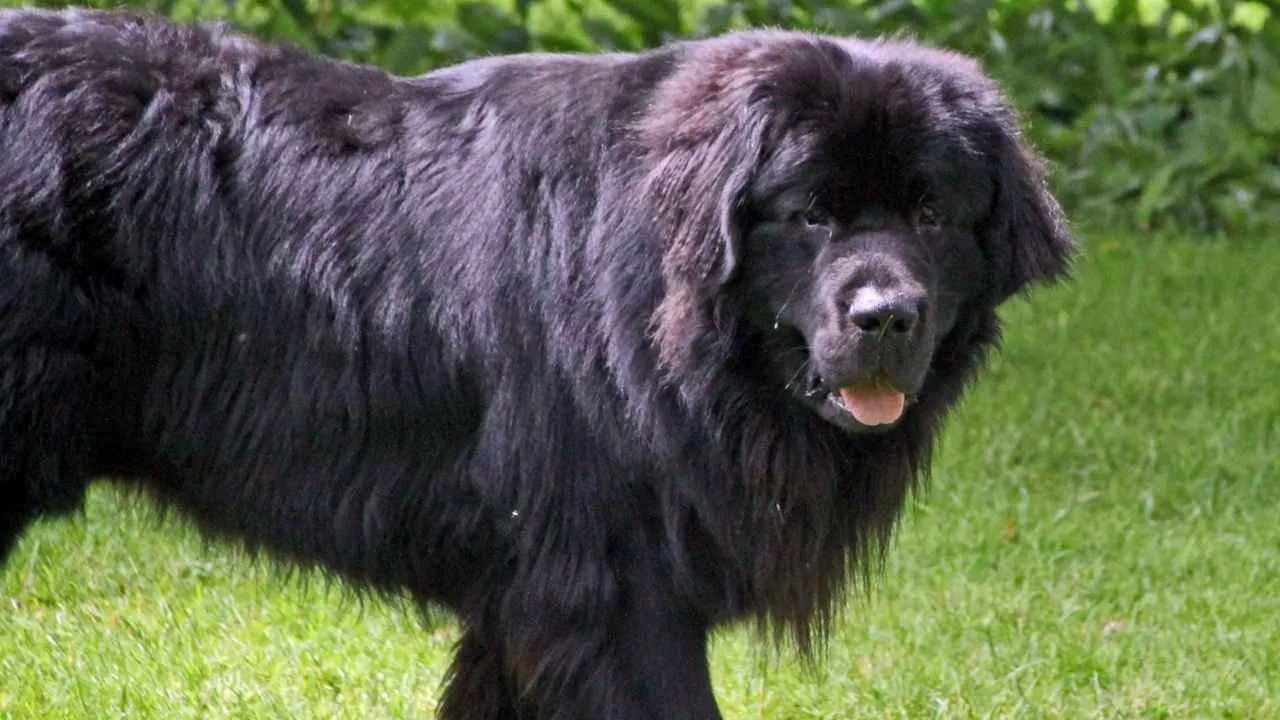
Known as the “gentle giant,” the Newfoundland is a massive, affectionate breed with a heart just as big. Originating from Canada, this working dog was initially developed to assist fishermen and rescue drowning victims, thanks to its exceptional swimming ability.
Males can weigh between 130–150 pounds and reach up to 28 inches in height, while females range from 100–120 pounds and stand around 26 inches tall. The breed is recognized for its heavy double coat, webbed feet, and calm demeanor.
Colors commonly include black, brown, grey, or white with black patches. Newfoundlands belong to the Working Group and typically live between 9 and 10 years.
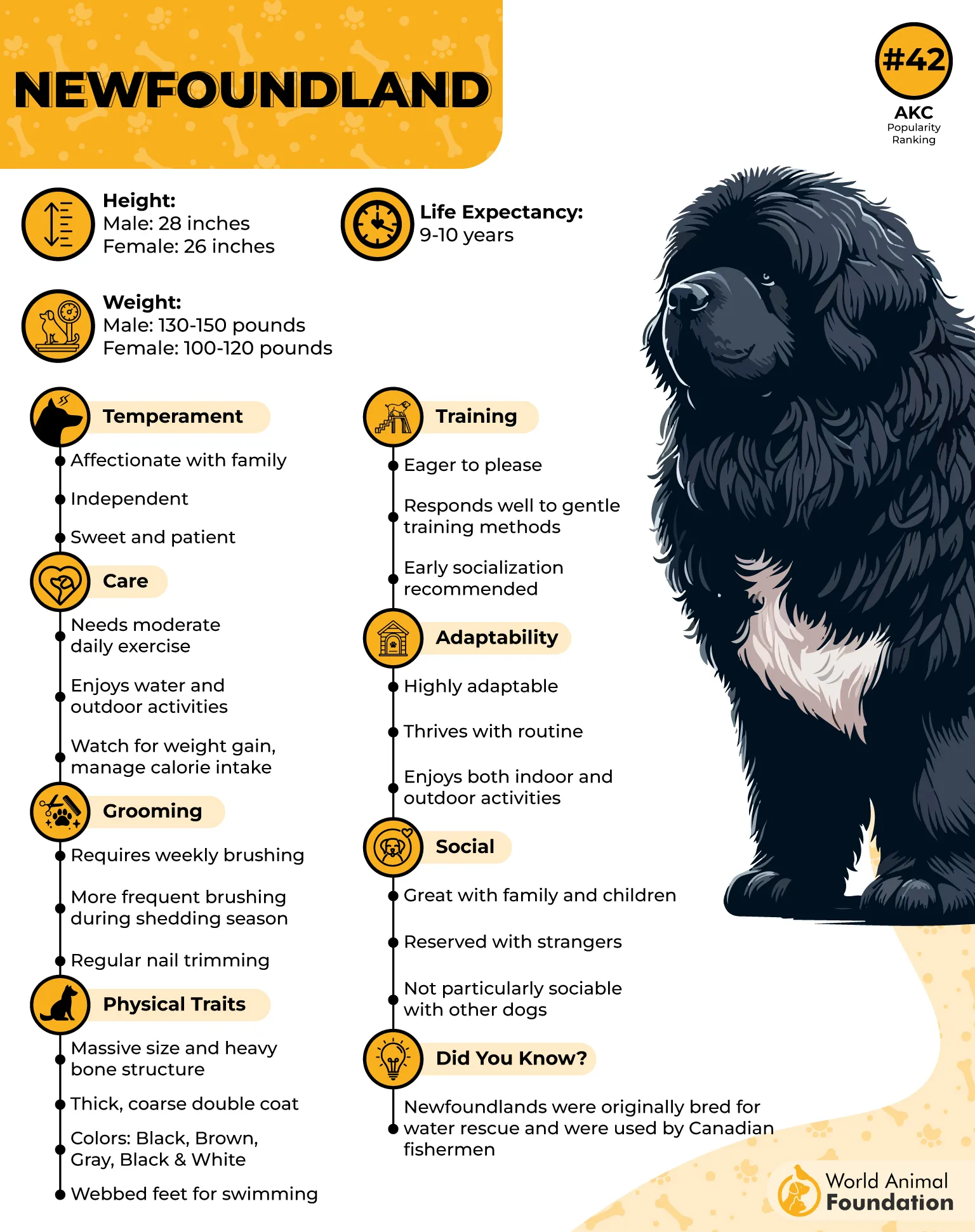
Unique Traits
Newfoundlands are known for their strong and healthy teeth, requiring only basic maintenance like brushing twice a week. Their powerful jaws and solid dental structure have supported their traditional roles in rescue and draft work. Despite their size, they have a sweet, child-friendly disposition and thrive on affection and human interaction.
Fun Fact: Newfoundlands are so powerful in water that they can rescue a full-grown adult from drowning, a skill supported by their strength, webbed feet, and dependable bite control.
7. German Shepherd
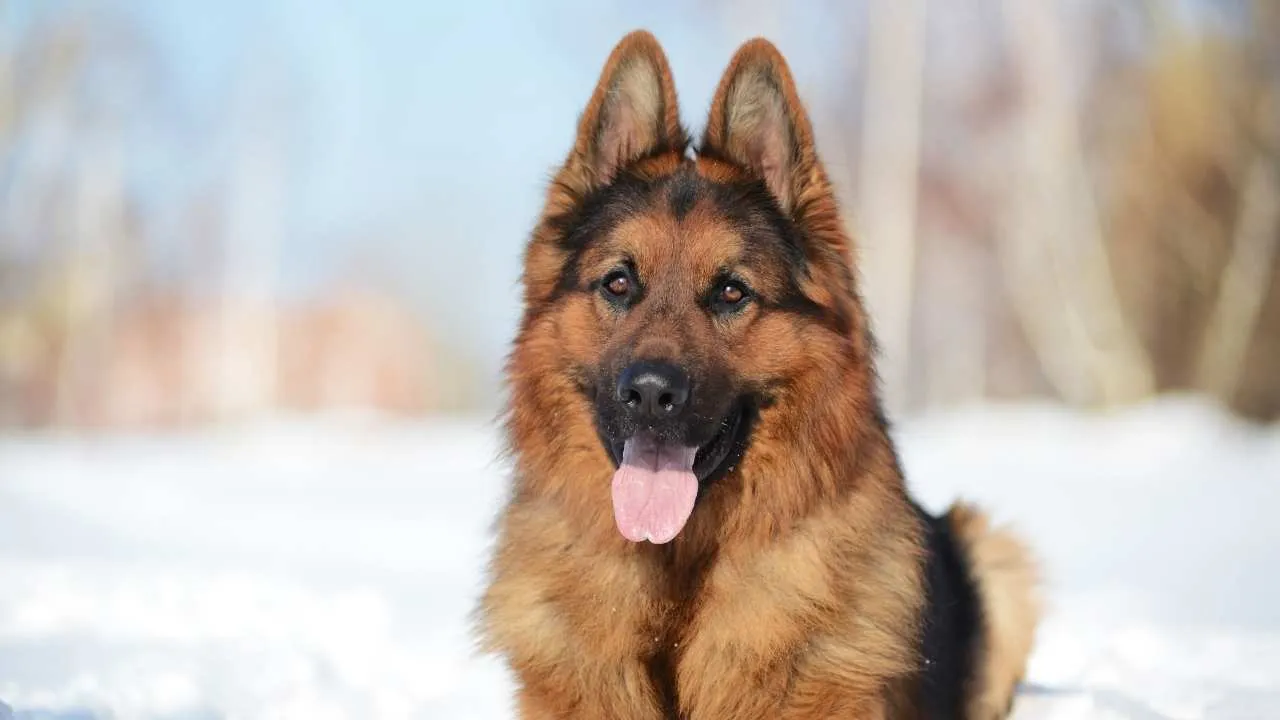
The German Shepherd, also known as the Alsatian in some regions, is a powerful and highly intelligent breed that originated in late 19th-century Germany. Initially developed for herding, its versatility has since earned it prominent roles in police, military, and search-and-rescue operations.
This breed is well-known for its imposing yet noble appearance, with a height ranging from 22 to 26 inches and a weight between 50 to 90 pounds. They become great family dogs.
German Shepherds are agile, alert, and naturally protective, making them not only exceptional working dogs but also loyal family companions. They are part of the herding group and typically live for about 7 to 10 years.
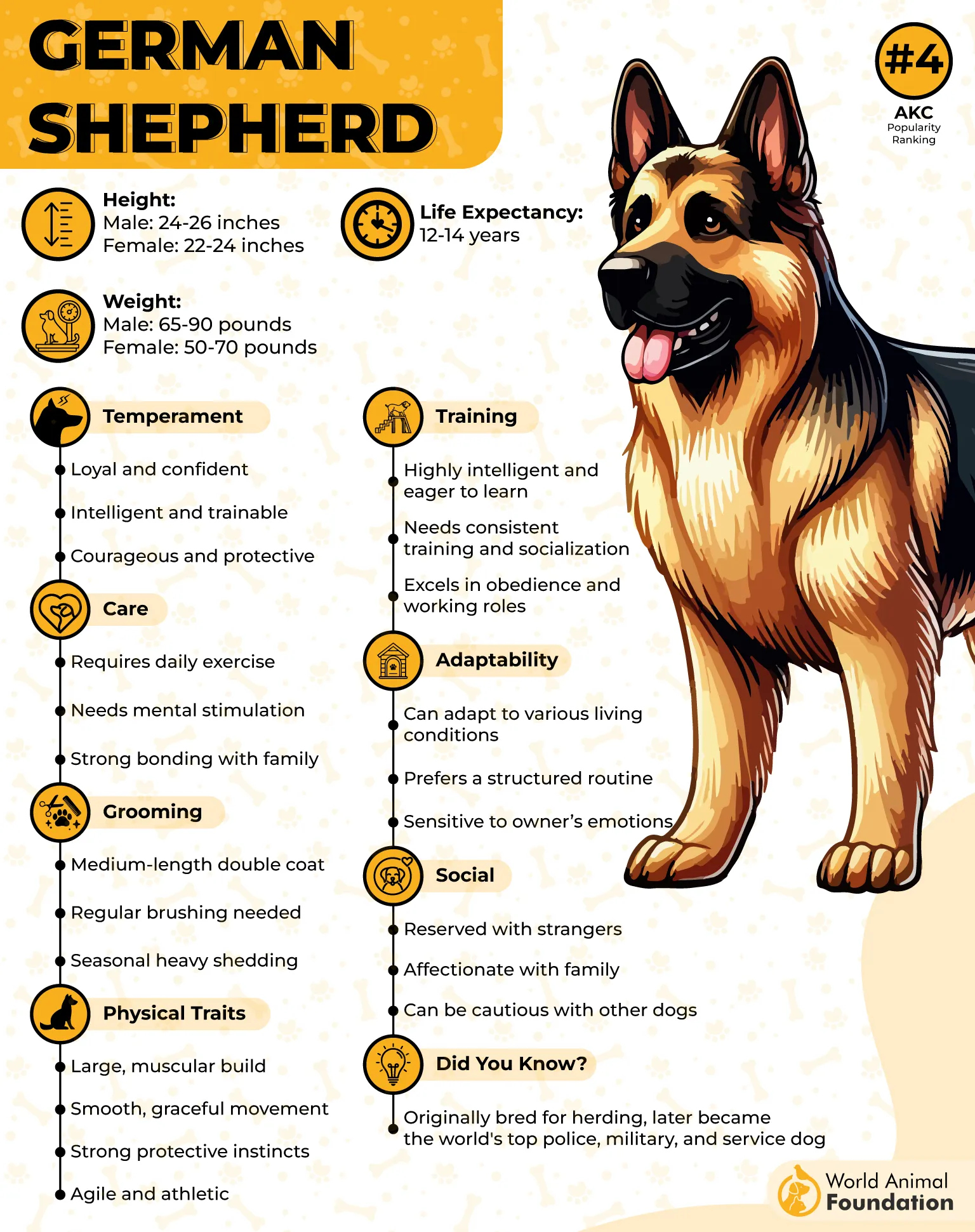
Unique Traits
German Shepherds possess exceptionally strong, healthy teeth, a vital trait for their demanding roles. Their jaw strength and dental durability allow them to perform high-impact tasks such as gripping and carrying. These dogs also have a confident, focused demeanor and are known for their mental sharpness and drive to learn.
They require consistent dental hygiene to maintain their oral health, but naturally resilient teeth give them an edge in longevity and performance. Fun fact: German Shepherds are among the most commonly chosen breeds for military K9 units worldwide due to their loyalty and physical robustness.
Conclusion
While some breeds are genetically gifted with strong teeth, not all dogs are equally fortunate when it comes to dental problems. Even among those with natural oral resilience, poor oral hygiene can lead to issues like plaque buildup, tartar buildup, gum disease, or tooth decay. Breeds like Yorkshire Terriers, despite their charm, are more prone to periodontal disease and require extra care. That’s why pet parents must stay proactive in protecting their pets’ teeth.
Incorporating regular tooth brushing, chew toys, and dental chews into your dog’s routine can significantly reduce periodontal pockets and bad breath. Monitoring your dog’s dental health and visiting the vet regularly can help prevent dental disease before it takes hold. A strong bite begins with daily care, so whether your pup naturally has robust dog teeth or not, your attention to their dental hygiene ensures they stay healthy and happy throughout their lives.


